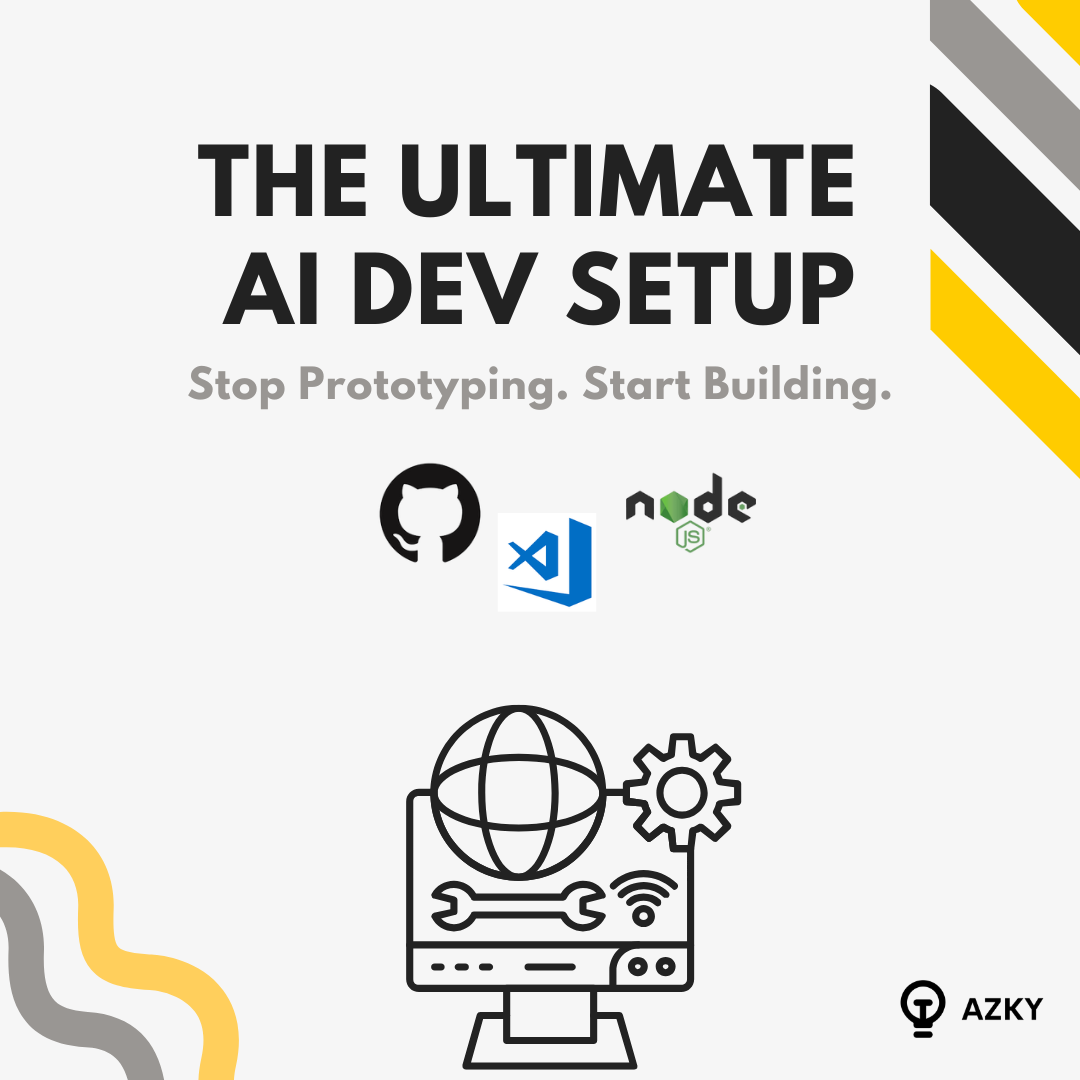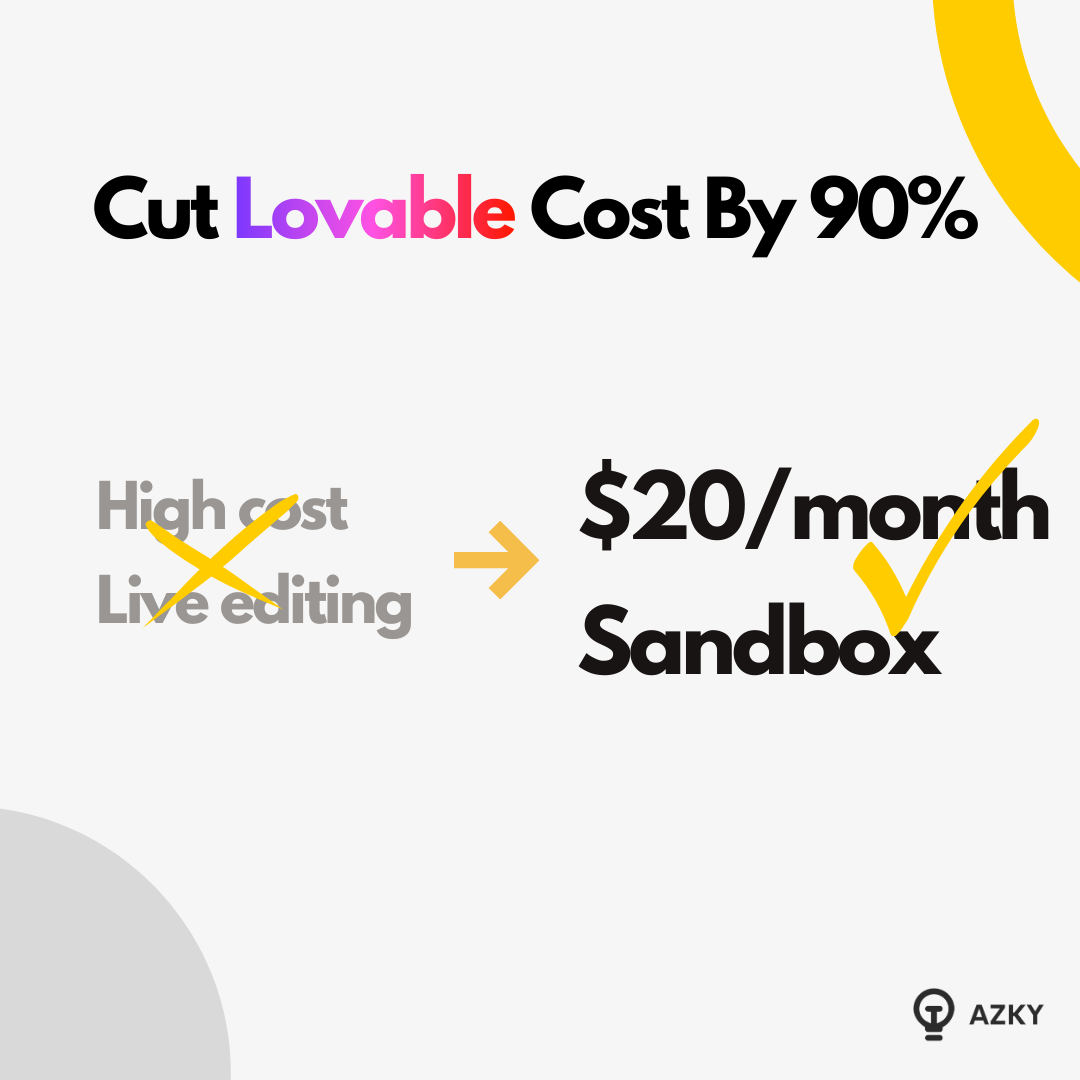How to scope your Product idea in 5 steps

This is the 5-step scoping process we have used to scope out many products for founders and business owners. The product can be simple or complex; the process has been used countless times and is the brainchild of over 3 years of running a nocode/bubble.io agency AZKY Tech Labs
Download the full guide that includes examples, wireframes, miro board, spreadsheets, user stories now.
1. Clarify the Problem and the End Users
Clarifying the problem is essential since it gives a clear approach to what the product is needed to be built. Products are created to solve a particular problem. The key problem and user can be clarified by asking about User Personas and Scenarios.
The full guide contains an example user persona and scenarios in a miro board
2. De-Risk Sprint/Technical Feasibility (Optional)
In some cases, there may be areas of the product that the current team do not know are possible to build. It may or may not be technically feasible given the expertise and/or resources we have in the current team. In these cases, before diving too deep into the specific problem, we should invest some engineering and R&D time to thrash out any technical feasibility challenges.
3. Elaborating the products' features
Once we are clear about the problem and sure about the technical feasibility, we can elaborate our product more using a few mapping techniques. There are many ways to do this. The two techniques we prefer at AZKY Tech Labs are User Stories and User Story mapping.
The full guide consists of an example user story map and user stories for a 2 sided marketplace
4. Flowchart (Optional)
In many cases, a detailed user story map can be sufficient. However, a flow chart may be needed in some scenarios to elaborate the flow of the product. This is especially useful if we have many more personas. e.g. At AZKY Tech labs, we built a bespoke project management application with 5 unique personas and complex interactions between them. A user story map was not sufficient, and we had to create flowcharts with swimlanes.
The full guide consists of an example swim lane flowchart on a miro board
5. Wireframing
A picture is worth a thousand words…
A wireframe is a pictorial representation of your product without the functionality.
There are many levels of fidelity that can be done here. Low fidelity essentially means just basic pencil sketches. High fidelity means colorful and a very close to the accurate description that can be expected from a product.
The full guide also has a set of low fidelity wireframes for a two sided marketplace in miro.
Download the guide now by entering your email below

Have a question? Get in touch below
Have a product idea?
We have probably built something similar before, let us help you


.png)

